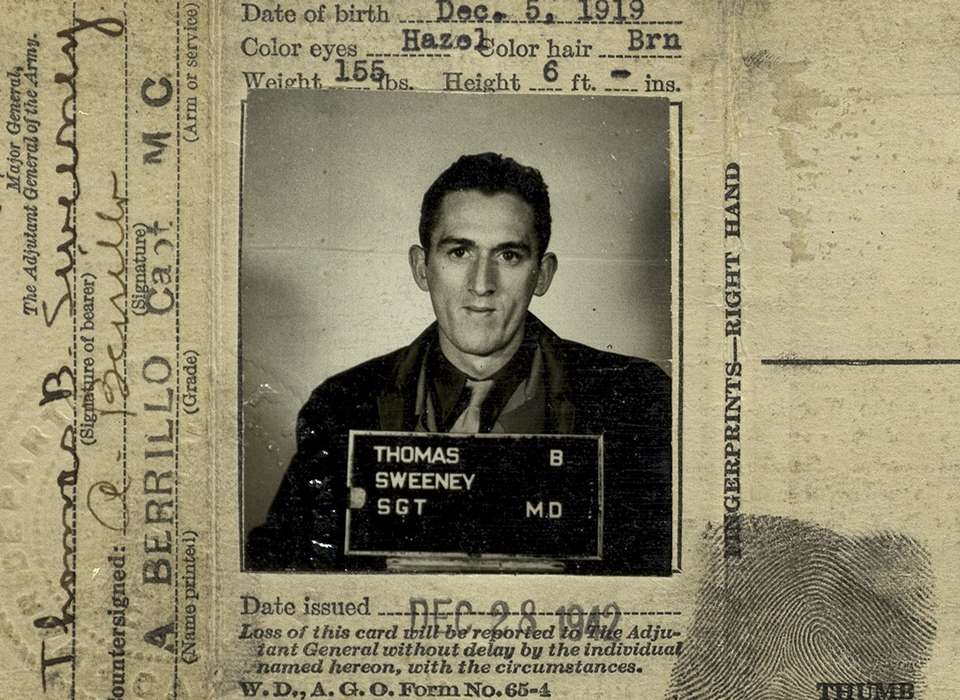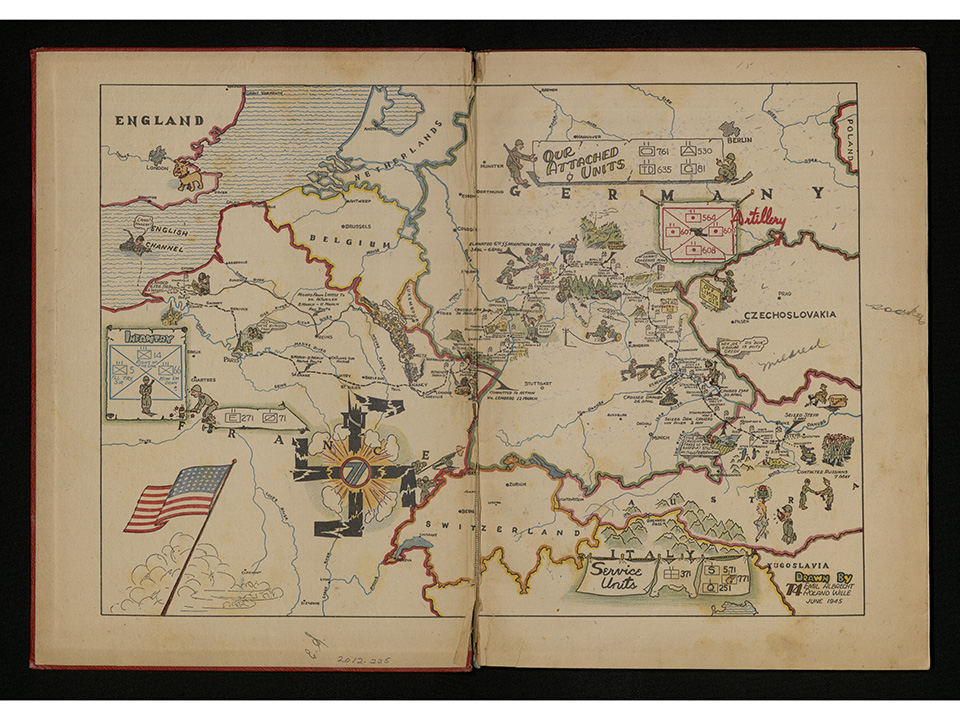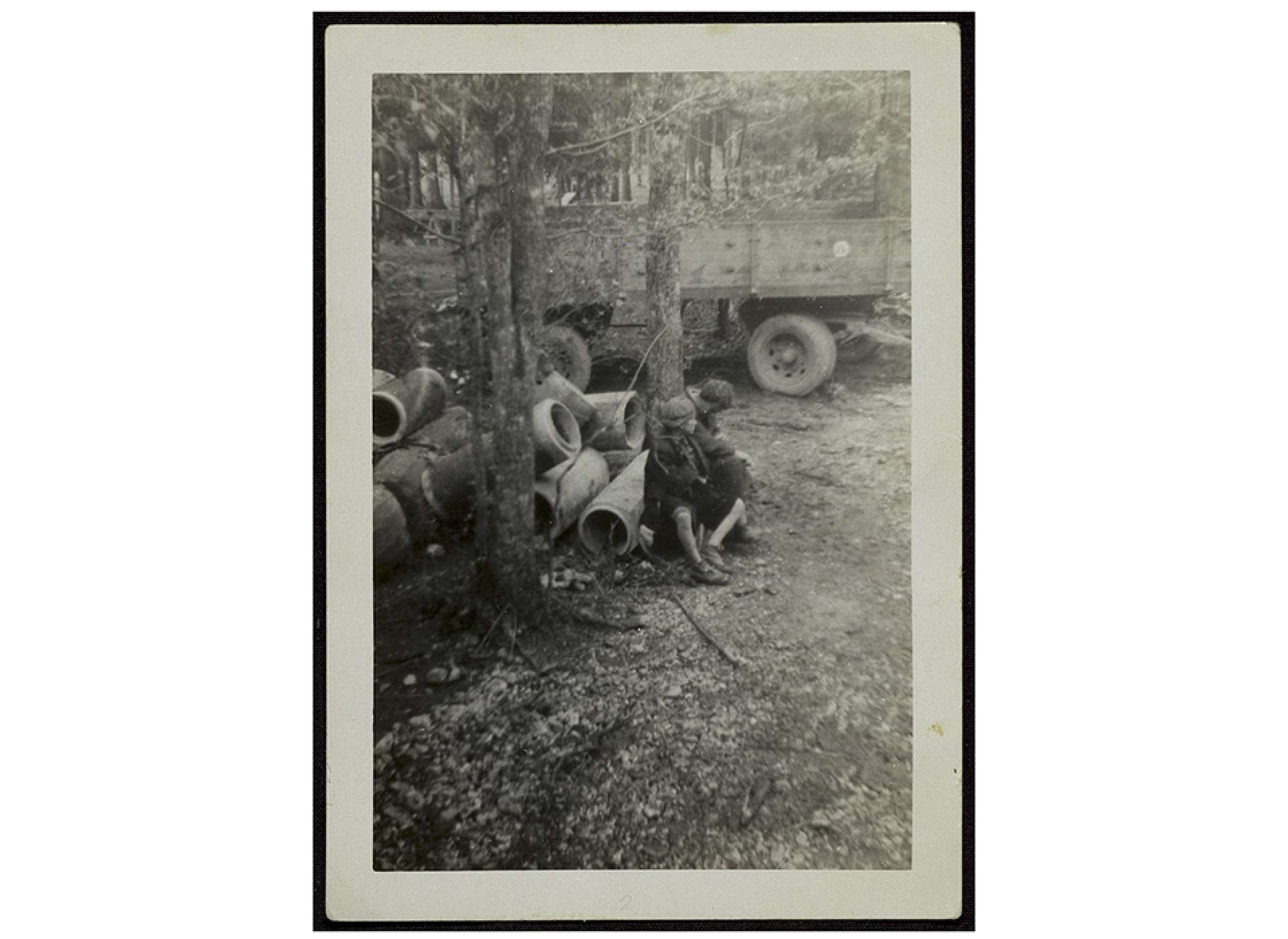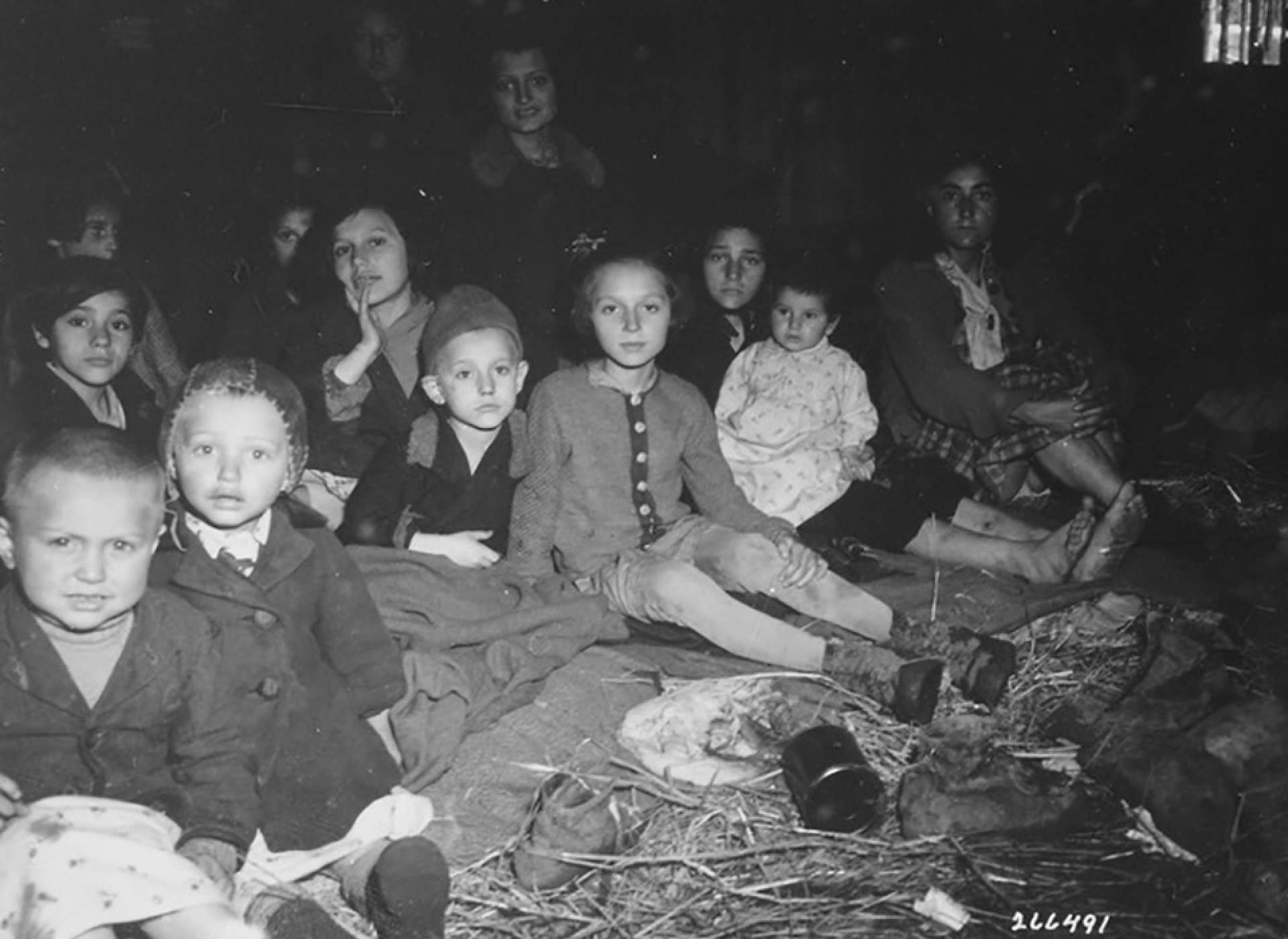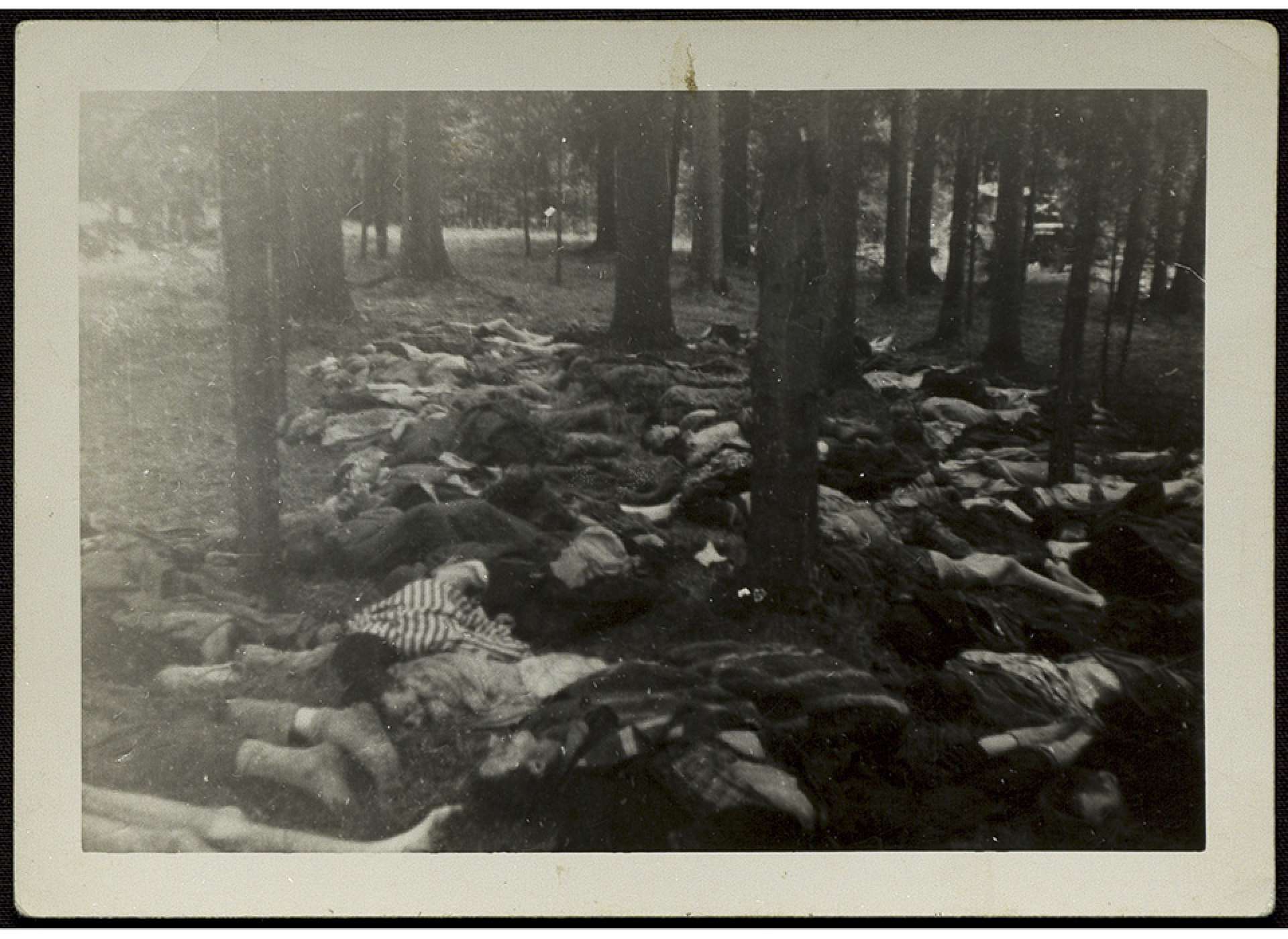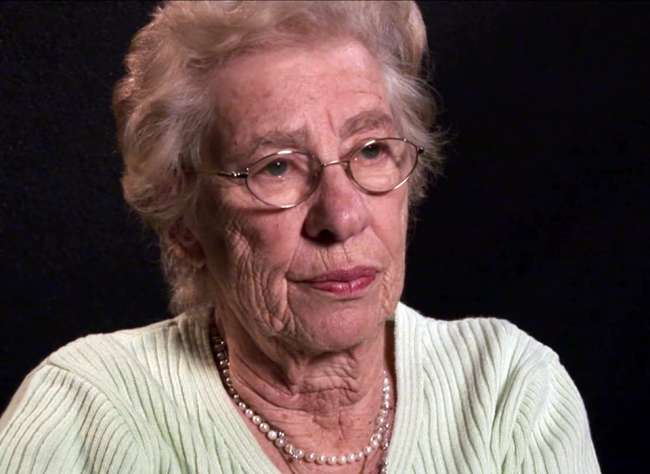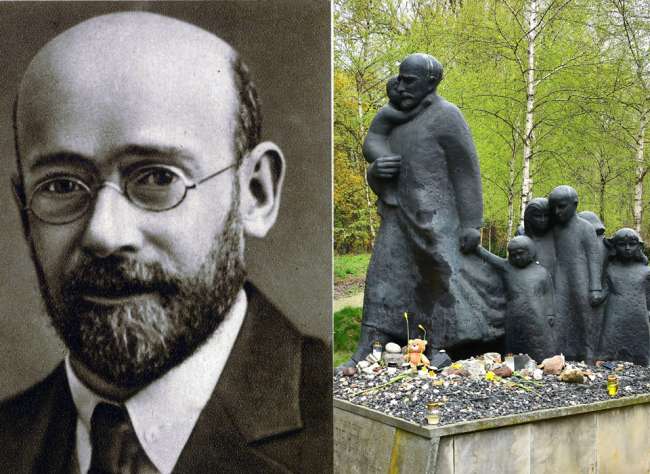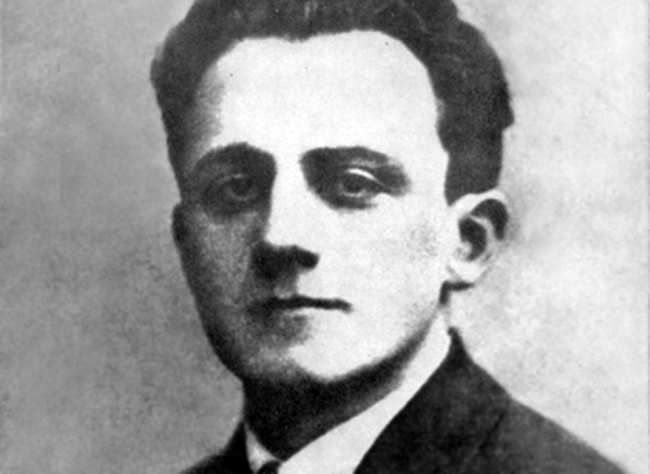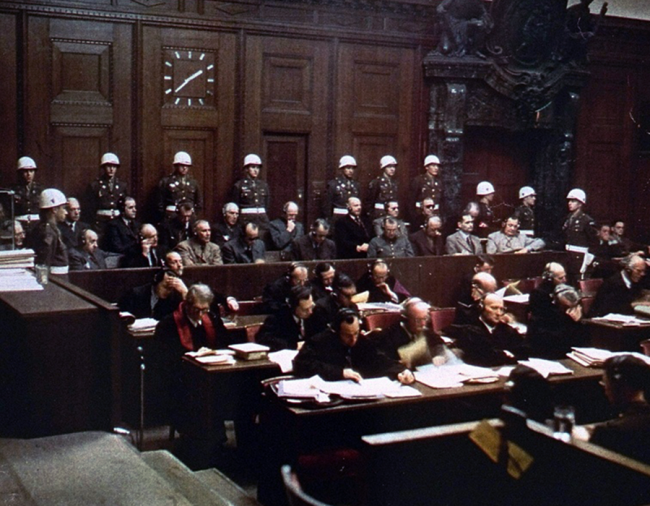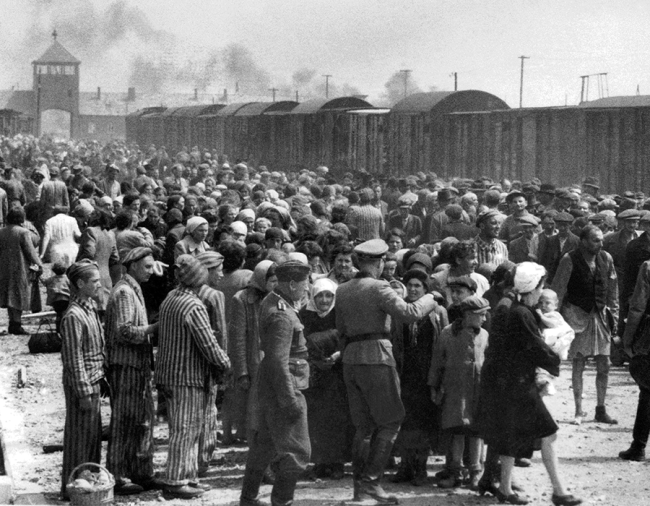Sergeant Thomas Sweeney served with a medical detachment of the 71st Infantry Division. Sweeney and others responsible for providing aid on the battlefield found themselves hopelessly unprepared when they arrived at the Gunskirchen concentration camp in Lambach, Austria. When the 71st Infantry Division liberators arrived at the sub-camp of Mauthausen on May 4, 1945, they discovered individuals more dead than alive. The weak and starving were crowded among corpses of those who had already perished at the hands of the Nazis.
The path that led Sweeney to his role as a camp liberator was not a straight line. He was born December 5, 1919 in Trenton, New Jersey. He enlisted in the Army on March 12, 1942 and was assigned to the 12th Evacuation Hospital, which was assembling at Fort Devens, Massachusetts. On Christmas Day 1942, the personnel of the 12th Evacuation Hospital were given notice that they had 24 hours before overseas departure. They arrived in England on January 6, 1943. In England, the unit conducted further instruction and then split up to support two US bomber bases.
In August 1943, Sweeney requested and was recommended for transfer to retrain with the 8th Air Force as an aviation cadet. After reporting before the Aviation Cadet Examining Board in London in October 1943, he was granted a transfer to return to the US and train at the University of Arkansas in the 305th College Training Detachment. In November 1943, he was ordered back to the US pending available transportation. In the military documents detailing his transfer, one can almost read the anticipation, the anxiety in the orders. When will my name appear? Will I be next?
By December 1943, Sweeney was at the New York Port of Embarkation awaiting transportation again, but this time to Biloxi, Mississippi and Keesler Field. Sweeney’s training with the Army Air Forces’ 305th College Training Detachment (Aircrew) continued, and he was promoted to sergeant. But in late April, every cadet who came from the Army Ground Forces or Army Service Forces and who had yet to enter pre-flight training, was relieved from pre-aviation cadet status and returned to their general units. The reassignment came with an apologetic justification: “The AAF team has succeeded better than we dared hope for when our quotas were set and it now permits a reduction in our training rate.”
Sweeney’s track was rerouted again; he was reassigned to the infantry, to a medical battalion of the 5th Infantry Regiment, 71st Infantry Division. The 71st Infantry Division and its elements arrived in Le Havre, France on February 6, 1945. The unit fought their way through the Rhineland and in April 1945 took the German cities of Coburg, Bayreuth, and Regensburg. By the war’s end, 13 weeks and 800 miles after the arrival of the 71st in France, they had advanced further east than any other US Army division in Europe.
Map of the 71st Infantry Division’s route from the unit history. From the Collection of The National WWII Museum, Gift in Memory of Thomas B. Sweeney, 2012.225.038.
One of the unit’s defining and darkest moments came on May 4, 1945 in Lambach, Austria, when they arrived at the Gunskirchen concentration camp, part of the Mauthausen system. Outside of the camp, skeletal former prisoners had taken to the roads, attempting to find refuge and food. Inside Gunskirchen, the 71st Infantry Division found nearly 15,000 Hungarian Jews still in the camp abandoned days prior by the SS guards.
The Army troops initially tried to give the starving individuals rations, but many died as a result, unable to digest food after prolonged malnourishment. In the months following liberation, 10 percent of the survivors perished from malnourishment and persecution by the Nazis. Many of those that survived maintained connections with their 71st Infantry Division liberators and even attended division reunions.
-

Two survivors at Gunskirchen. From the Collection at The National WWII Museum, Gift in Memory of Thomas B. Sweeney, 2012.225.043.
-

Liberated women and children at Gunskirchen. Courtesy National Archives.
-

Victims at Gunskirchen. From the Collection at The National WWII Museum, Gift in Memory of Thomas B. Sweeney, 2012.225.042.
Sweeney completed his service with the medical detachment of the 141st Field Artillery Battalion in Paris, France. Along with mementoes collected on the battlefield, including a Nazi flag taken from Gunskirchen, Sweeney saved shipboard newsletters from his journey home back to the United States in December 1945. Among other topics, the newsletters touched on events etched into Sweeney’s memory as a liberator.
The publication Sea Ration: A 141st FA Daily Enroute to U.S.A. mentioned the ongoing Nuremberg and Dachau trials. The publication closed with a chaplain’s message urging the soon-to-be veterans who had won the war to now “win the peace.” He appealed to them to build “a peaceful world where our children and our children’s children can work out their destiny unhampered by the hellishness and horrors that you have just gone through.”
For some veterans, building a more peaceful world meant speaking of the hellishness and horrors of war that they had experienced. Many spoke out, and continue to do so in some cases, against hatred and genocide, against the Nazi crimes of the Holocaust. The Museum’s Digital Collections contains oral histories with 71st Infantry Division veterans Alan Moskin and Robert Swift as well as other liberators.
While Thomas Sweeney may not have been successful in completing his aviation training, another purpose was served by his temporary training placement in Mississippi. He met Elizabeth Dowdle. Both southern and protestant, Elizabeth had a very different background from Sweeney, an Irish Catholic from New Jersey. But by the second time Sweeney went overseas to serve, he did so as a married man.
After the war, Sweeney settled in his wife’s native Mississippi. He worked for the Employment Security Commission and with General Motors, and after retirement returned to a hospital and medicine, volunteering at the Central Mississippi Medical Center. He and wife Betty raised three children and were married 68 years by the time of his death in 2010.
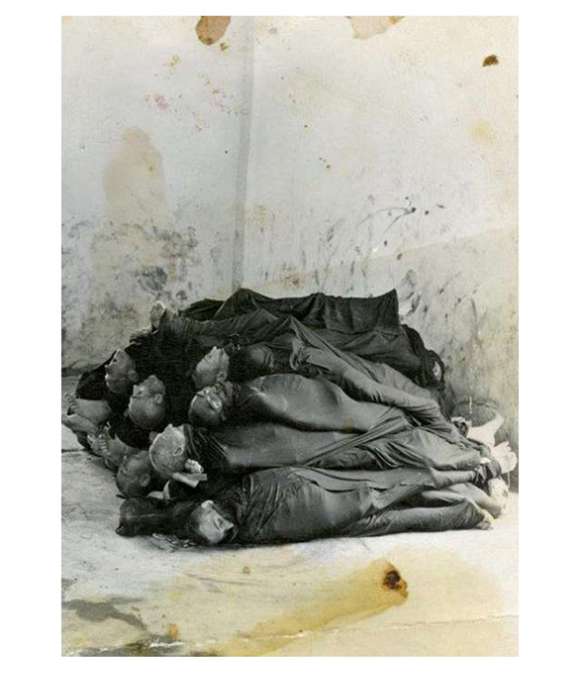
Indelible Nightmare: The Holocaust
Today we pause and take the time to reflect on one of the most heinous atrocities committed in the twentieth century. The Holocaust has left a dark shadow on human history and lives in the memories of the Survivors.
Kim Guise
Kimberly Guise holds a BA in German and Judaic Studies from the University of Massachusetts Amherst. She also studied at the Universität Freiburg in Germany and holds a masters in Library and Information Science (MLIS) from Louisiana State University. Kim is fluent in German, reads Yiddish, and specializes in the American prisoner-of-war experience in World War II.
Cite this article:
MLA Citation:
APA Citation:
Chicago Style Citation:
